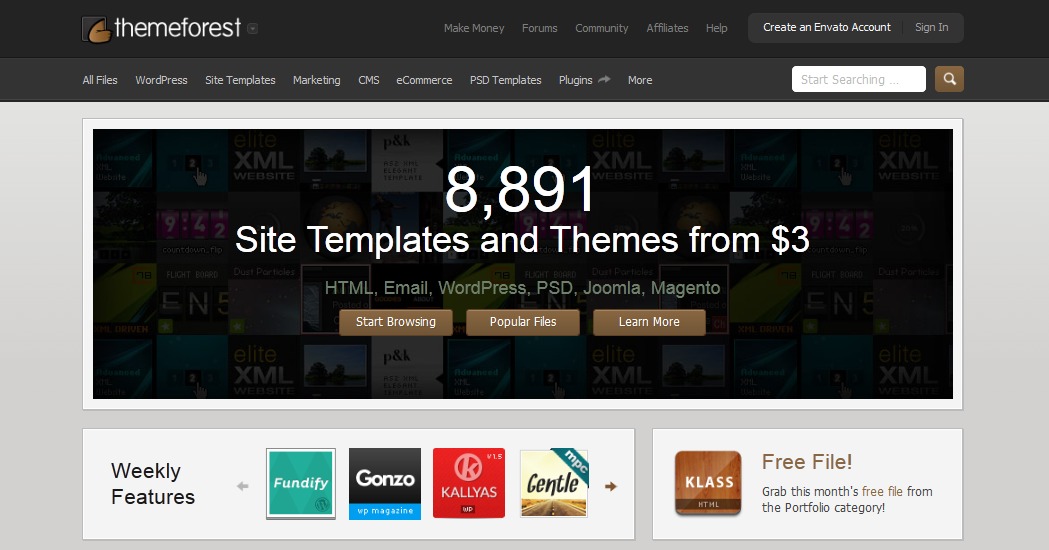Back in 2015, Frances Berriman and Google Chrome engineer Alex Russell first coined the term “progressive web apps” to describe apps taking advantage of new features supported by modern browsers, including service workers and web app manifests, which let users upgrade web apps to progressive web applications in their native operating system.
You can think of PWAs as fancy websites. The core of PWA is that you can create the same app experience for your users via a website. This is possible with the help of these new features:
Fast User Interface
Developers affiliated with a progressive web application development firm can help their client send their entire website to the user’s browser, after just one pageview. This is possible when the project is ongoing and the developers fit the right code in the program. With this, links and buttons load instantly, rather than users having to reload each new page.
Installable
Users are presented with a popup that asks the users if they would like to “install” a website. This puts an icon on their home screen, which automatically opens the website in fullscreen mode.
Offline Support
Even if the user loses connectivity or returns without internet connection, the website can be accessed offline.
Background Processes
The web browser will store form submissions and data requests even when the connectivity is poor. The data is then re-sent in the background when connectivity returns.
Push Notifications
Websites have the ability to send push notifications to the users.
Here are 5 leading & successful progressive web app examples worth noting
Forbes News PWA
Forbes was one of the first companies that implemented a progressive web app. They recognized the need to improve the start render time of its website. Initially it had a start render time of 6.5 seconds! Once they implemented the PWA, the readership increased by 12%.
Pinterest had noticed that their website experience was slow and barely converted 1 percent of all visitors into sign-ups or mobile app installs. This led them to develop a Progressive Web App. With this they saw a whopping 50% increase in ad click-throughs and 60% increase in engagement.
Lancome
The French cosmetic giant invested in a Progressive Web App in order to decrease bounce rates for mobile users, and it worked fantastically. They saw an overall increase of conversions by 17 percent.
Twitter Lite
Twitter had an aim to make their mobile web experience faster, more reliable, and more engaging. Twitter Lite Progressive Web App combines the best of the modern web and native features. As a result, they saw a 75% increase in Tweets sent and a 20% decrease in bounce rate.
The Weather Channel
The Weather Channel achieved mobile web success with their new Progressive Web App, launching in 62 languages to 178 countries. They saw an overall 80% improvement in load time.
Conclusion
More and more companies are finally realizing the potential of Progressive Web Apps and its benefits. If you have a website waiting to be taken to the next level, it is advisable to consult a progressive web application development company. A PWA places your existing website on the pedestal and gives you a headstart among the competitors.
Image Credits: de jaune et de bleu
Author Bio
Jane Brewer is a digital marketer in leading web and mobile app development company that committed to providing end-to-end IT services in Web, Mobile & Cloud.



